
3 minute read
Sewing project
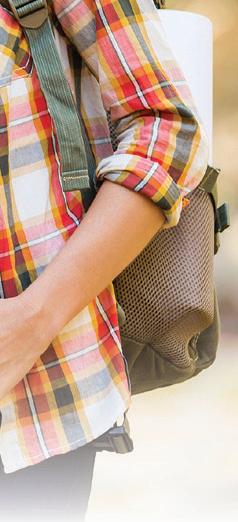
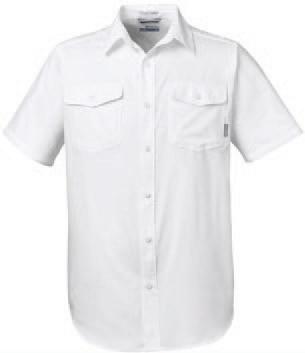
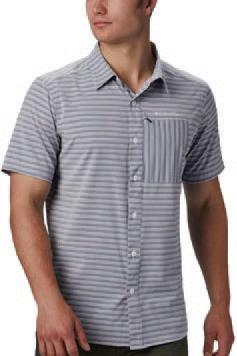
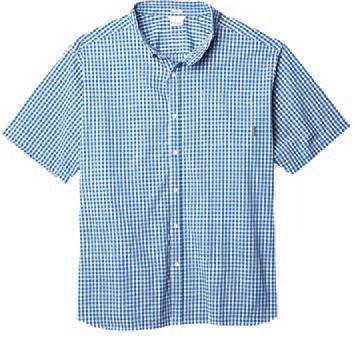
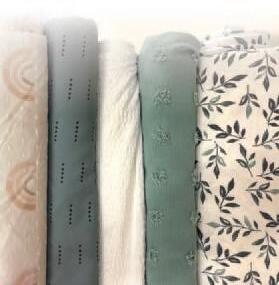

Maggie, 17, a senior homeschooled student, has been a volunteer re-enactor at Historic Joanna Furnace since she was a youngster, working at the HCVHA Fall Festival and Apple Festival. “I have been involved for quite a long time. I remember I started at the candle-making stand,” she said. “I worked there for three to five years and moved on to helping at the open fire cooking (area). I love historic dress and living history.”
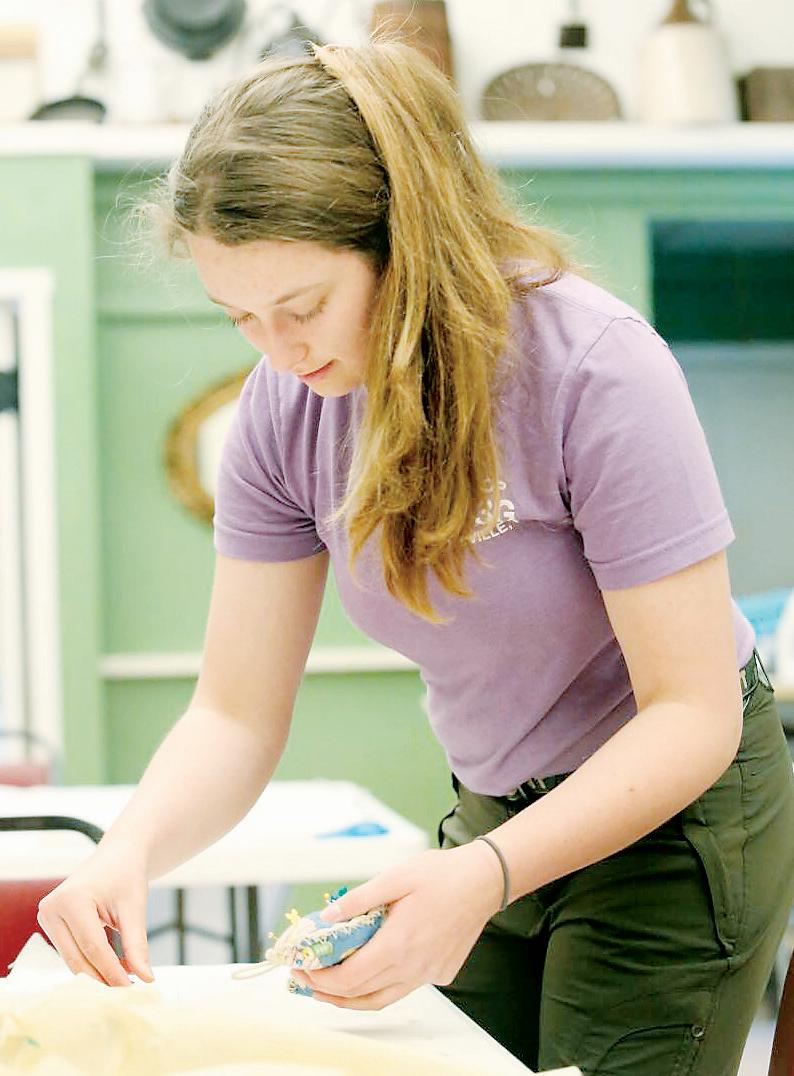
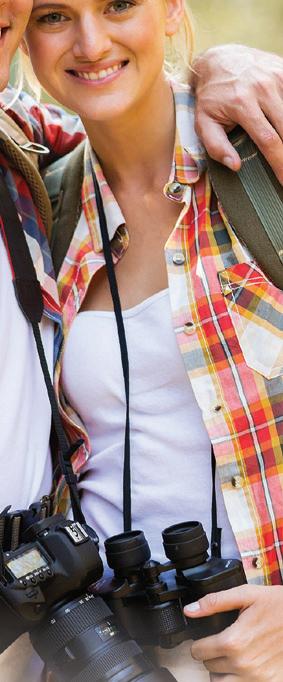
While volunteering as a teen, Maggie wore a costume that she made herself. “(Volunteering) motivated me to start sewing,” she stated. “My grandmom taught me some of the basics, and I have gone through a few lessons with a woman at my church who is a seamstress.”
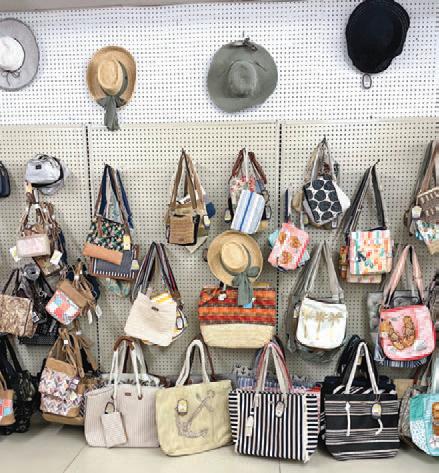
Maggie came up with the idea of completing the project in November 2022 and then contacted Mark Zerr, executive director of the HCVHA, for guidance. She also had to have the project approved by the adult committee of Troop 543G, which meets at Robeson Evangelical Lutheran Church, as well as the Hawk Mountain Council, BSA. Then, she collected donations of fabric. “(We had to use) natural fibers, something that portrayed the late 18th century,” Maggie noted. “I got the patterns from an online store, Burnley and Trowbridge, which specializes in reproduction fabrics and patterns for re-enactors.”


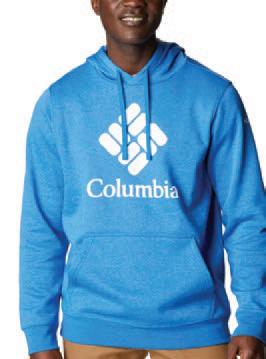
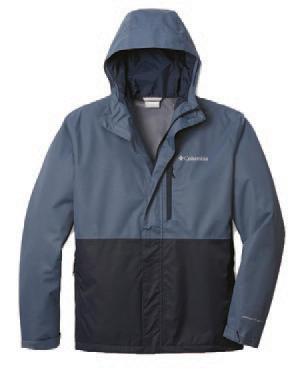
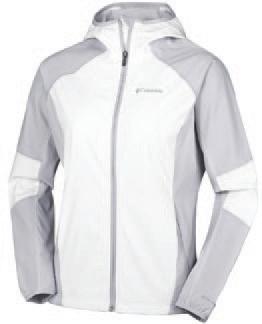

Maggie is currently completing the final paperwork for her project. She is appreciative of her fellow Scouts who helped with the sewing. “Usually we do a fundraiser at the Apple Festival. Last year, we sold cupcakes, which was pretty successful,” she said. “This year, the girls will be able to look around and see the costumes we made and say, ‘We worked on that one.’”
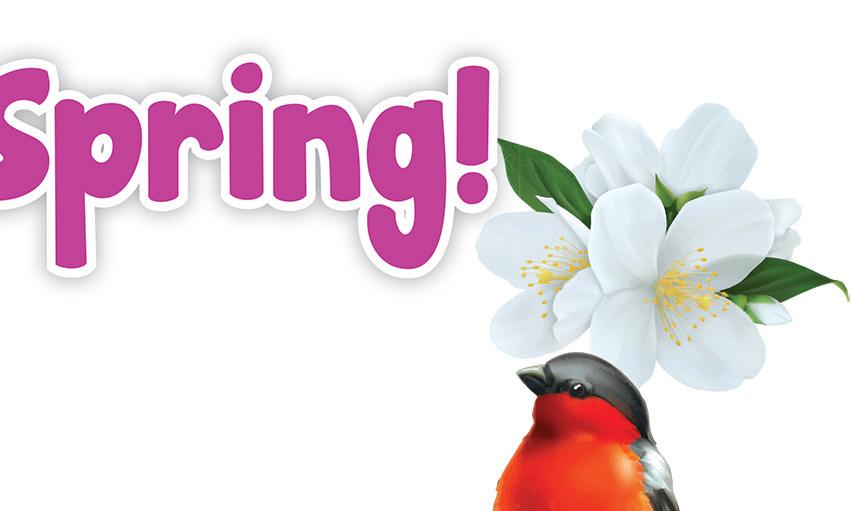

Christian Breidinger, assistant choral






Tonna Dieter, conductor; Adam Sanders and Ken Rinert, stage/set designers; Jimy Kuhn, sound and lights manager; Anne Reinert, prop master; Ani Lydon and Wendy Clayton, co-costumers; Mike Lydon, production assistant; Addison Bailey, production intern; and Rylin Ballet and Alexis Jordan, stage managers.

TVHS is located at 4897 N. Twin Valley Road, Elverson. Tickets can be ordered at https://sites.google.com/ tvsd.info/grease2023/home. Tickets will also be available at the door.
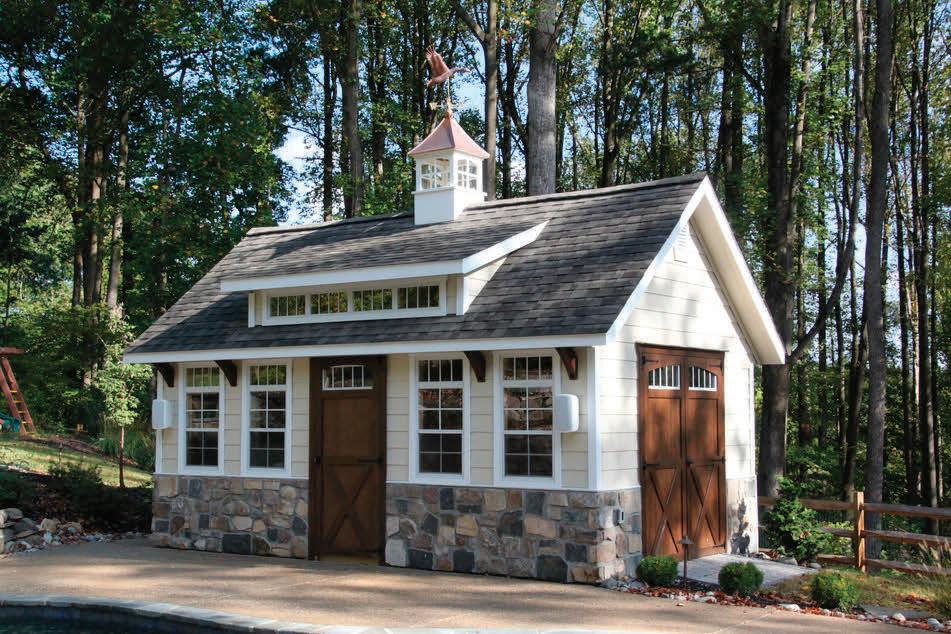





Students in the Penn State Berks mechanical engineering and occupational therapy programs collaborate each year to create devices to meet the needs of individuals with physical challenges as part of the Pfreimer Adaptive Equipment Project (PADEP). The students present their collaborative work at the end of the fall semester. Then one or two teams advance through the competition and work with senior business majors to refine their prototype concept through business analysis in the spring semester.
This year, five teams developed and designed the concept prototype for assistive devices, and two of those teams were selected to continue their work in the spring with business students. The students were allotted a budget of $120 to create their prototypes, and projects were assessed by a team of faculty members.
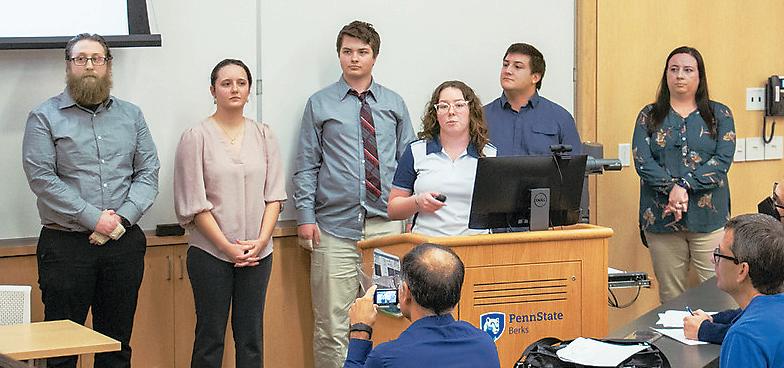
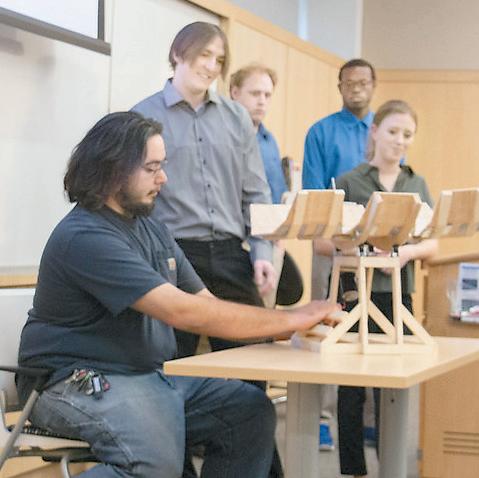
The Black Team shared its idea for Easy Trash, a device with a large handle and adjustable heights that assists with weight distribution to make it easier to remove heavy trash bags from trash cans. The team theorized that its device would be helpful for users with arthritis or amputees, as well as anyone else who struggles to remove a trash bag from its can. The Black Team consisted of Abby Ackley, Armin Almasi, Aubrie
Bollinger, Michael Cotter, Jacki Fulford, and Josh Miller.
The Brown Team presented its proof of concept for motorized adjustable shelving, which the team theorized would help users with muscular dystrophy and other mobility issues. The prototype featured a motorized system that allows users to not only pull the shelving out of the cabinet but also lift it, the latter being a unique feature in the market. The team explained that the device could be retrofitted for existing cabinetry or could be custom-built. The members of the Brown Team were Courtney Bolton, Jake English, Sam Eshleman, Patrick O’Donnell, and Karie Wagner.
The Red Team pitched a device that would help health care workers to care for individuals who are confined to a bed and would help prevent bedsores in patients. In its presentation, the team shared a motorized model prototype featuring removable side panels that would allow workers to move patients with the touch of a button. The Red Team consisted of Daniel George, Megan Kenny, Jakob Kopf, Andrew Omelczenko, Olivia Sheridan, and Dominick Shortridge.
The Orange Team’s prototype was for the EZ-Clip Collar, a pet collar that aims to help pet owners who have grip issues. The team members discovered through market research that their idea, although simple, did not exist in many iterations or designs. Their prototype featured a strong magnet with an easy latch that would allow individuals with arthritis and other grip issues to easily put on and take off their pet’s collar, without the pet’s breaking away from it. The Orange Team consisted of Chris Adams, Jake Danko, Ryan Light, Morgan Lusch, Nicollette Moratori, and Maddie Smith.
The final team to present was the Yellow Team, which had devised a jar opener intended to put less strain on users’ fingers and wrists and










